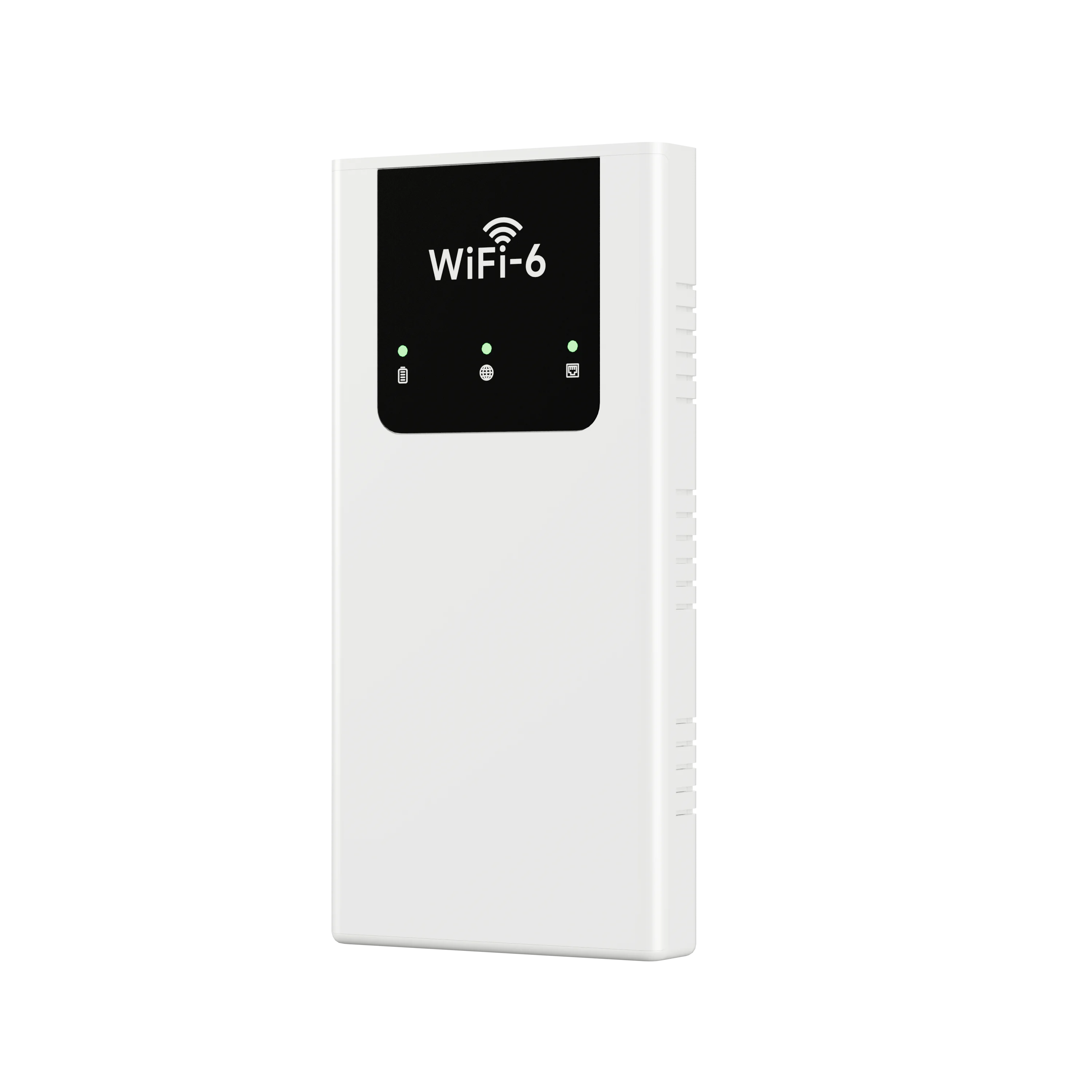Mastering Electrical Safety: A Comprehensive Guide to Using a Tester for Electricity Checks
When it comes to electrical work, safety is paramount. Whether you are a seasoned electrician or a DIY enthusiast, knowing how to check electricity with a tester is an essential skill. This article will delve into the various types of testers available, the steps to effectively use them, and best practices to ensure safety while working with electricity.
Understanding Electrical Testers
Before we dive into the practical aspects of checking electricity, it’s crucial to understand the different types of testers available on the market. Each type serves a specific purpose and is designed for various applications:
- Multimeters: These versatile devices can measure voltage, current, and resistance. They are ideal for troubleshooting electrical circuits and can provide both AC and DC readings.
- Voltage Testers: Simple and straightforward, these testers indicate the presence of voltage in a circuit. They are typically non-contact devices, allowing users to check for live wires without direct contact.
- Continuity Testers: These are used to determine if there is a complete path for current to flow. They are particularly useful for checking fuses, circuit breakers, and wiring integrity.
- Clamp Meters: These testers can measure current without needing to disconnect the circuit. They are particularly useful for measuring high currents in large conductors.
Step-by-Step Guide to Checking Electricity with a Tester
Step 1: Gather Your Tools
Before you start, ensure you have the right tools at hand. Depending on your needs, you may require a multimeter, voltage tester, or continuity tester. Additionally, wear appropriate personal protective equipment (PPE) such as insulated gloves and safety goggles.
Step 2: Ensure Safety First
Safety should always be your top priority. Before testing, make sure to turn off the power supply to the circuit you will be working on. Use a lockout/tagout (LOTO) procedure to prevent accidental re-energization. Always double-check that the power is off using a voltage tester.
Step 3: Testing Voltage with a Multimeter
- Set Up the Multimeter: Turn on your multimeter and set it to the appropriate voltage range (AC or DC) based on the circuit you are testing.
- Connect the Probes: Insert the black probe into the COM port and the red probe into the VΩmA port.
- Measure Voltage: Touch the black probe to the ground or neutral point and the red probe to the live wire. Read the voltage on the display. If the reading is within the expected range, the circuit is live.
Step 4: Using a Voltage Tester
- Power On the Tester: Ensure your voltage tester is functioning by testing it on a known live circuit.
- Test for Voltage: Place the tester’s tip near the wire or outlet. If the tester lights up or beeps, voltage is present. For non-contact testers, maintain a safe distance as indicated by the manufacturer.
Step 5: Checking Continuity
- Set the Tester: If using a multimeter, switch it to the continuity setting (often indicated by a sound wave symbol).
- Test the Circuit: Disconnect the power supply and connect the probes to either end of the wire or component you wish to test. If the circuit is complete, the tester will beep or show a low resistance reading.
Best Practices for Electrical Testing
- Regular Calibration: Ensure your testers are calibrated regularly to maintain accuracy. Follow the manufacturer’s guidelines for calibration schedules.
- Inspect Equipment: Before each use, inspect your testing equipment for any signs of wear or damage. Replace any faulty equipment immediately.
- Stay Informed: Keep up-to-date with electrical codes and safety standards. This knowledge will help you make informed decisions while working with electricity.
- Document Findings: Maintain a log of your testing results, especially for critical systems. This documentation can be invaluable for troubleshooting and maintenance.
Conclusion
Knowing how to check electricity with a tester is not just a technical skill; it is a vital aspect of ensuring safety in any electrical work. By understanding the types of testers available, following proper procedures, and adhering to best practices, you can confidently and safely navigate the complexities of electrical systems. Remember, when in doubt, consult a professional electrician to avoid potential hazards. Stay safe and empowered in your electrical endeavors!
